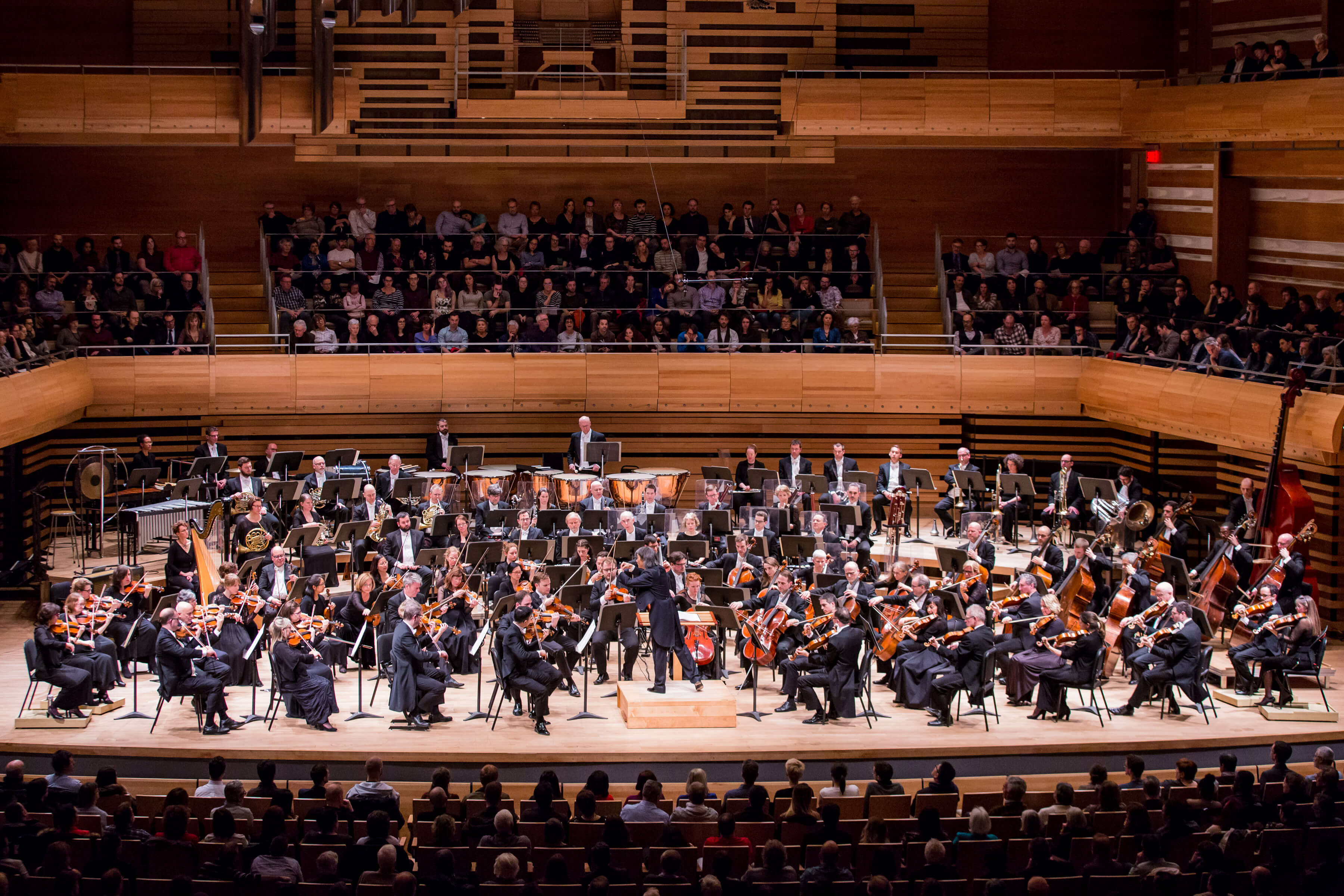Mahler’s Titan at OSM

Behzad Ranjbaran presents a symphonic poem inspired by Persian culture and commissioned by OSM Principal Bass Ali Kian Yazdanfar. Then the entire Orchestra resounds to Wagner’s haunting embodiment of a German legend as well as Mahler’s Symphony no. 1, “Titan.”
Tonight’s concert conforms to the traditional format of overture-concerto-symphony. The overture and the symphony are well-known to audiences and turn up frequently on orchestral concerts but in between comes a concerto that is anything but common. Not only is it a world premiere, but it is by a composer never before performed by the OSM, and the solo role is for an instrument that rarely within the orchestral repertory gets a chance to show what it can do.

Like most of Wagner’s operas, Lohengrin, premiered in Weimar in 1850, is a heady brew of myth, legend, religion, history, philosophy and the supernatural all wrapped into a story of redemption through love, conflict between conscience and desire, and the triumph of good over evil. Lohengrin, the medieval Swan Knight and one of the brotherhood devoted to the protection of the Holy Grail, is sent on a mission to Brabant (in present-day Belgium) to champion the cause of Elsa, who has been falsely accused of fratricide.
In a seamless arc of sound, Wagner portrays the slow, gentle descent of the Grail from mysterious, rarefied heights to the world of man and up again. Beginning with attenuated, nearly inaudible sounds in the opening bars, the music moves through a carefully paced growth in texture, color, range, volume and intensity to its blinding climax, then back to the opening sonorities.

Right after the overture (actually a “Prelude” but serving same purpose) comes the double bass concerto. “Persian poetry from the Middle Ages is often mystical and dualistic, attempting to paint a world of the seen and the unseen. In composing my double bass concerto, I was drawn to “Veil,” a poem by the beloved, fourteenth- century Persian mystical poet Hafez. The title of each movement is generally inspired by the poem. A dance-like, irregular rhythm permeates the first movement and provides much of the thematic and harmonic material of the concerto. The movement ends with a virtuosic passage that moves at lightning speed and challenges the technical limits of the solo instrument. In the second movement, the soloist traverses a wide range of moods from somber, lyrical, and sorrowful to joyous and hopeful. Dark, dissonant orchestral passages provide dramatic contrast to the solo bass. Much of the thematic material from the previous movements is revisited, transformed, or juxtaposed in the final movement. Energetic, virtuosic passages for the soloist combine with an orchestral tutti to propel the concerto to an exhilarating conclusion.” said Behzad Ranjbaran.

The opening moments of the symphony are unforgettable. The mood of the lengthy slow introduction is finally dispelled by a sprightly theme first heard in the cellos, followed by another lusty, outdoorsy theme. The music grows in fervor and intensity, culminating in a mighty outburst from the entire orchestra, and the movement continues on its merry way to its conclusion.
The robust scherzo movement is notable for its heavy rhythmic impulses derived from the Ländler, a rural Austrian dance. Then, the third movement opens with a sinister, minor-key variant of the popular French folksong “Frère Jacques.” A hellish outburst opens the finale, one of the most frightening passages in all music. However, victory and fulfillment are not quite yet achieved. In another long, generally quiet passage, the music slowly gathers momentum, ultimately reaching a towering climax for which Mahler instructs the entire horn section to stand while it delivers fanfares from within an orchestra gleaming in a thousand dazzling colors. Check the OSM calendar for the upcoming concerts at osm.ca.
Source: OSM

